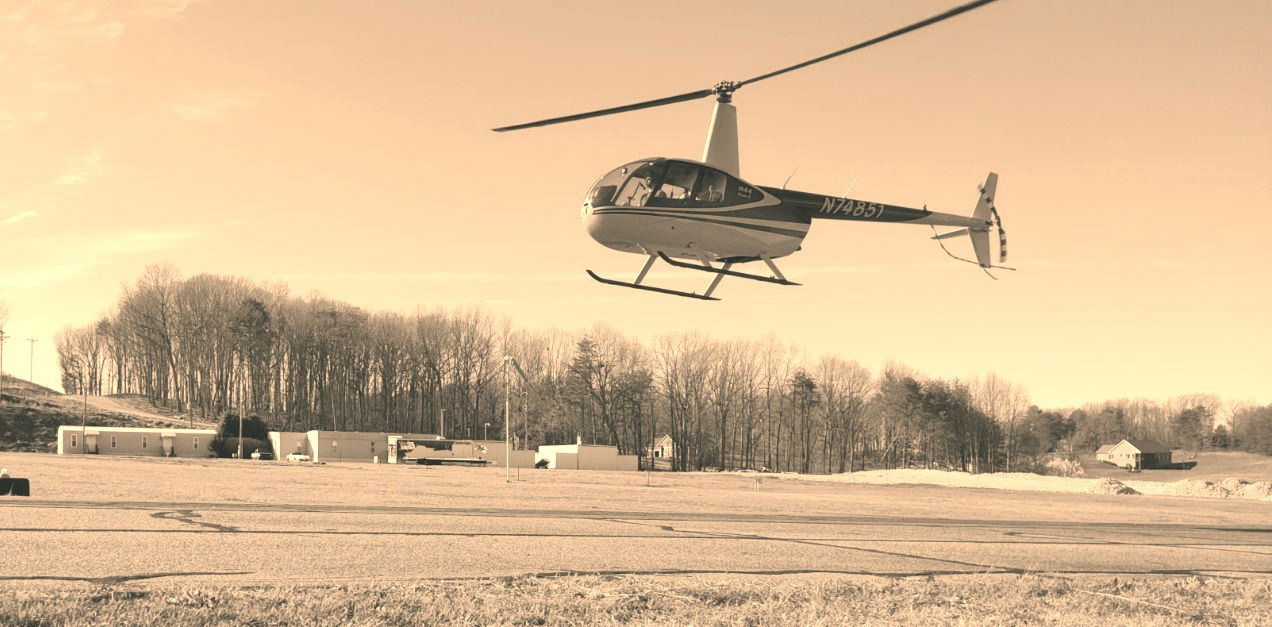Progress: First Solo!
Today I flew my first solo! Oh what a joy, but the nerves almost cripple me!
The air is cool this spring morning. Clear skies grace the heavens giving me excellent visibility. Clear skies are beautiful and in many ways pleasant for aviation. But they tend to bring less stable air which in turn brings turbulence - less than a friend to the aircraft.
Upon arrival to our hanger I do a final weather briefing - one of the most vital components to aviation safety. Winds are less than 5 knots, visibility is clear, and the temperature has risen far enough above the dew point to eliminate the risk of fog.
After completing my final weather briefing, I begin a thorough preflight check. This is where I assess EVERY part of the helicopter. I check for torque stripes, test the fuel, look for leaks, and on and on. Once I finish the preflight, I prepare by flight plan. For my first solo flight, I will be doing a cross country flight which requires multiple waypoints and at least 100 nautical miles total.

With everything prepared, I carefully tow the helicopter out to the ramp, complete my final walk around checks and begin the startup procedure. During startup, I am constantly listening and feeling for anything unusual. In the case of a hazard, catching it early is critical. Now that the good ole Lycoming 6-cylinder is up and running, blades are turning and temps are within range, I release the friction off cyclic and collective and slowly lift her into a stable hover. After a quick but thorough hover pre-take off check, I slowly push the cyclic forward and climb into the great blue sea of freedom.
